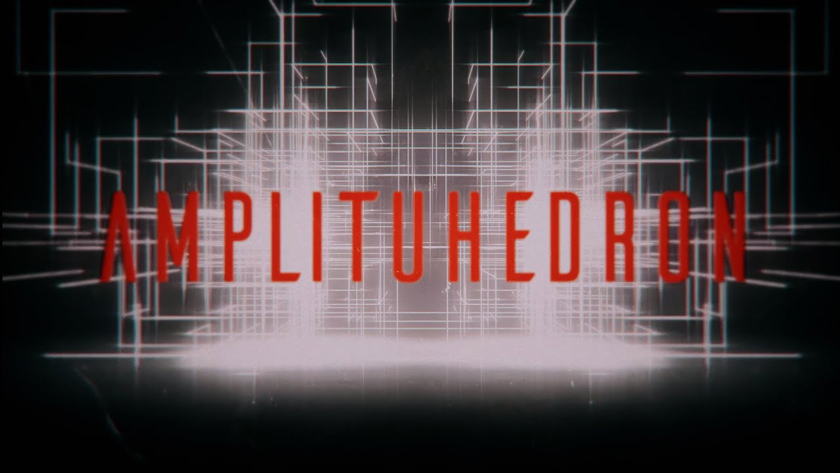Particles
We think of a fundamental particle as a point-like object. But in quantum theory a particle is a collapsed wave function. An abstract wave function indicates a particle's probability of having various properties, and somehow, observation causes the function to collapse and a particle to appear.
Quantizing classical field theory restricts fields to oscillate in discrete quanta of the fields. In quantum field theory (QFT), particles are excitations of quantum fields that fill space. QFT characterized particles as moving lumps of energy and says exactly what happens when particles interact.
Particles stay the same when acted on by a certain symmetry group. Eugene Wigner said particles are the simplest possible objects that can be shifted, rotated, and boosted. The Poincaré group is the group of 10 ways of moving around in spacetime.
For a particle to transform nicely under the 10 Poincaré transformations, it must have energy (conserved under shifts in time), momentum (conserved under shifts in space), and spin (specifying changes under combinations of spatial rotations and boosts, or rotations in spacetime).
Different representations of the Poincaré group are particles with different numbers of spin degrees of freedom under rotations. Particles with three spin degrees of freedom rotate in the same way as familiar 3D objects. All massive particles are also free to spin up or down: If you rotate an electron by 2π, you flip its state between up and down.
Particles with the same energy, momentum, and spin behave identically under the 10 Poincaré transformations, but they can differ in other ways. For instance, they can differ in electric charge, flavor, or color.
Charged particles represent the group U(1). Flavored particles represent the group SU(2). Quarks have the colors red, green, and blue, representing the SU(3) ways to mix the colors. The Standard Model of particle physics represents the symmetry group SU(3) × SU(2) × U(1).
These symmetries can fit inside a larger group, such as SU(5), but the Standard Model misses out gravity. In general relativity, gravity is curved spacetime.
We must understand spacetime before we can understand particles. Spacetime is often holographic: You can encode the information about a volume of spacetime on its surface. The lower-dimensional system that encodes the information is a set of entangled qubits. Perhaps entangled qubits weave spacetime together.
The slogan "It from qubit" says everything in the universe boils down to qubits. It says the properties of spacetime emerge from the way qubits are entangled. We just need to find the qubit entanglement pattern that encodes the spacetime fabric of the universe.
Qubits and their operators are mathematical. Algebraic operations on the qubits, when translated in terms of spacetime, behave like rotations acting on the particles. Particles become holograms whose truer definition is in terms of qubits.
Some say QFT is far too complicated. Scattering amplitudes are basic. When particles collide, amplitudes tell us what happens. We test our theories by comparing predicted scattering amplitudes to the outcomes of particle collisions.
Scattering amplitudes involving gravitons turn out to be the square of amplitudes involving gluons. But gravity defines spacetime, while gluons presuppose spacetime. Yet gravitons and gluons seem to spring from the same symmetries.
The amplituhedron is a geometric object that encodes particle scattering amplitudes in its volume. The picture of particles in spacetime maps into timeless geometry.
|
|
|
